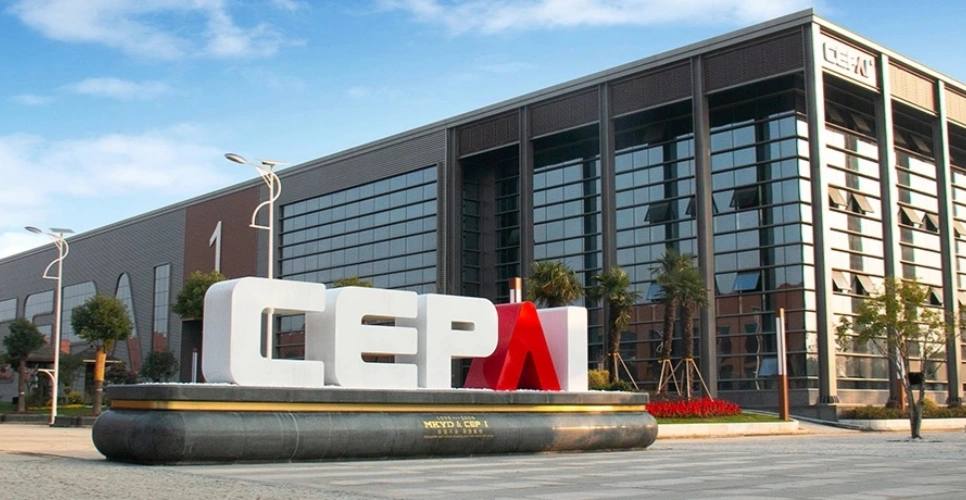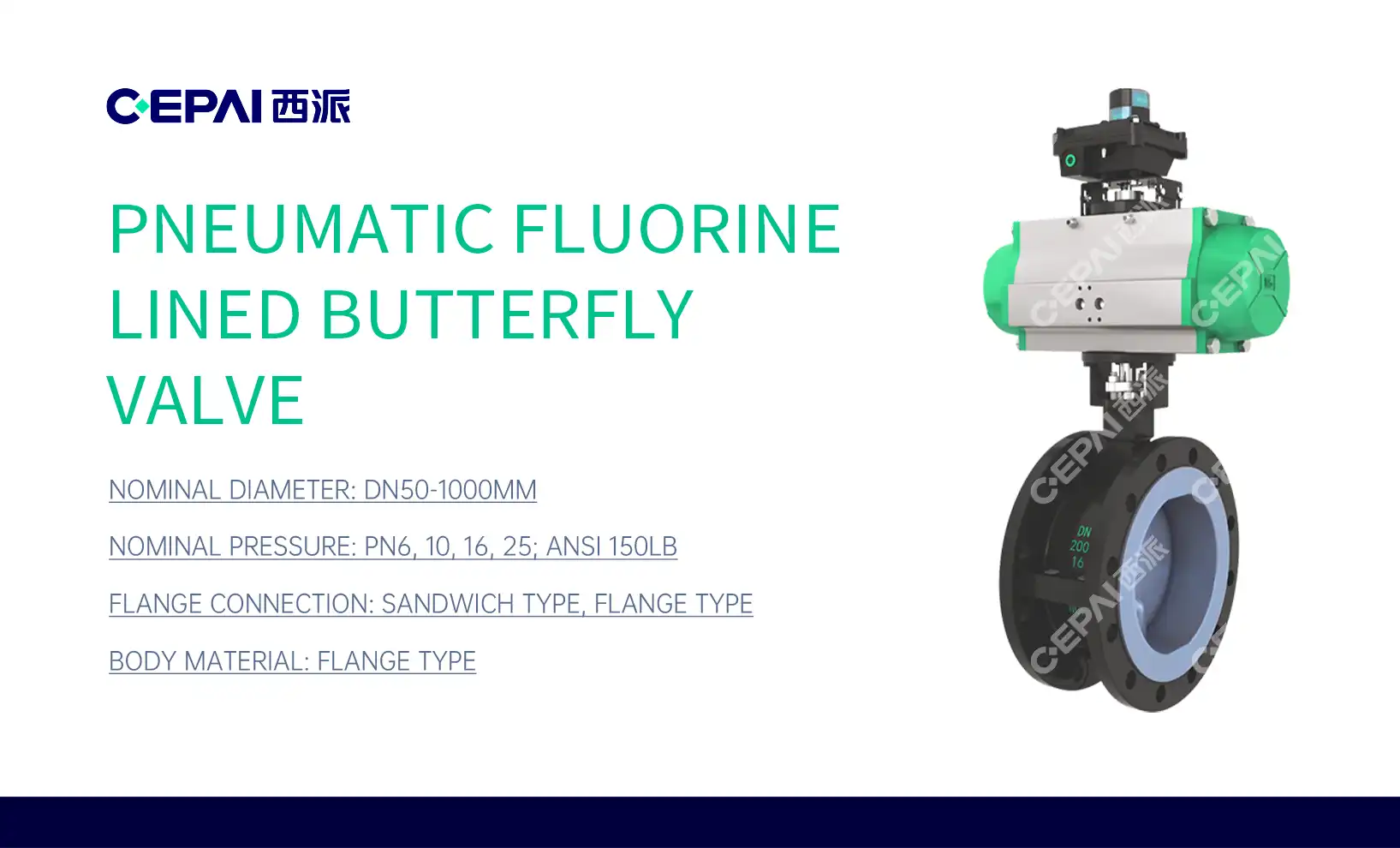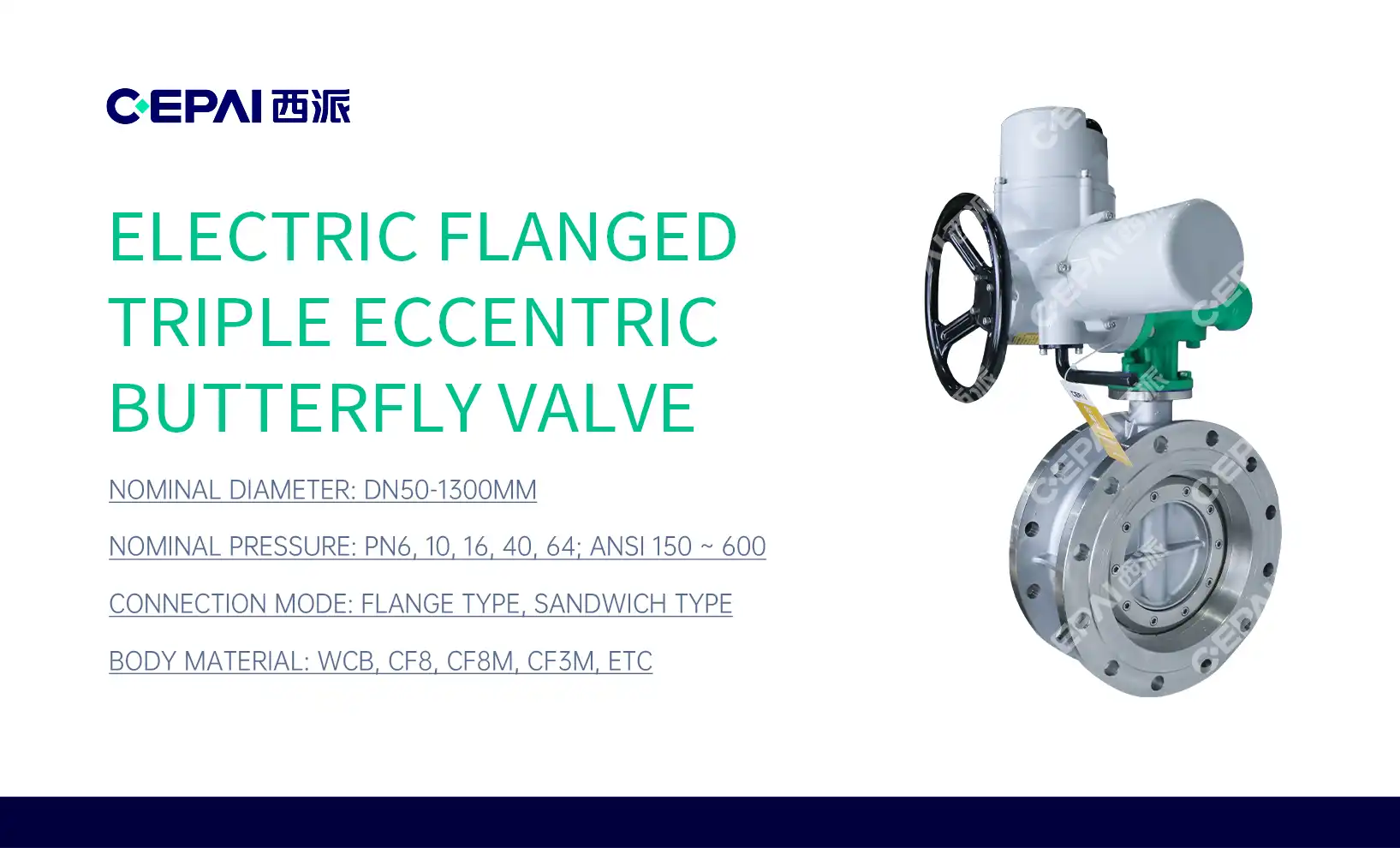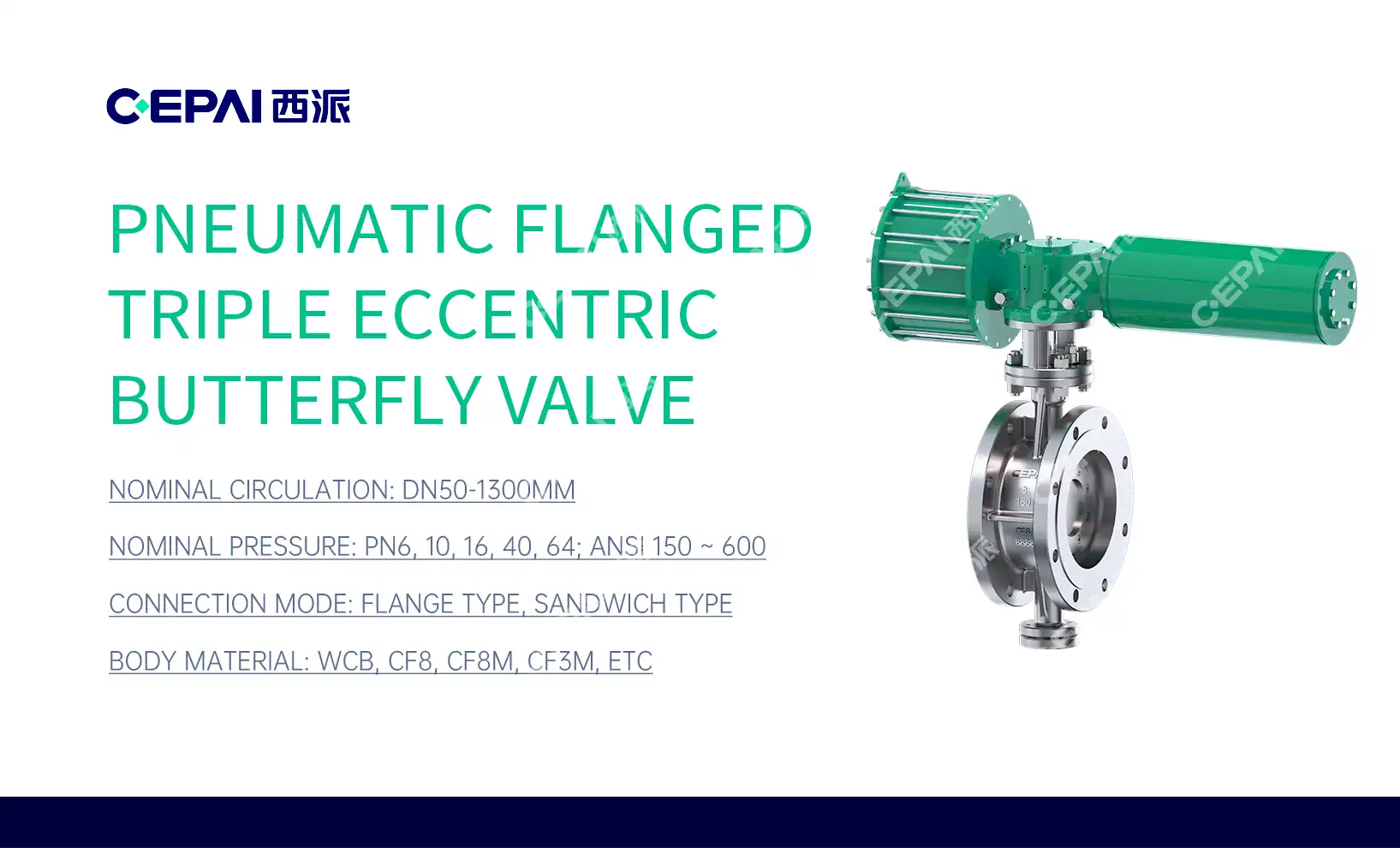Understanding Butterfly Valves in Automation
The Role of Butterfly Valves in Industrial Processes
Butterfly valves play a pivotal role in numerous industrial applications, serving as critical components in flow control systems. These versatile valves are designed to regulate the flow of liquids, gases, and slurries through pipelines. Their compact design, coupled with their ability to provide quick shutoff and modulation, makes them indispensable in industries ranging from oil and gas to water treatment.
In automation, butterfly valves are prized for their reliability and efficiency. They can be seamlessly integrated into automated control systems, allowing for remote operation and precise flow management. This integration enhances overall system performance, reduces human error, and contributes to improved safety standards in industrial environments.
Key Features of Butterfly Valves
Butterfly valves are characterized by their unique design, consisting of a disc that rotates on an axis to control flow. This simple yet effective mechanism offers several advantages:
- Low pressure drop when fully open
- Quick operation (quarter-turn to fully open or close)
- Lightweight and compact structure
- Suitable for bi-directional flow
- Cost-effective for large diameter applications
These features make butterfly valves an attractive option for many automation scenarios, particularly where space is limited or rapid actuation is required.Automation Considerations for Butterfly Valves
When implementing butterfly valves in automated systems, several factors come into play:
- Actuation method (electric or pneumatic)
- Control precision requirements
- Response time needs
- Environmental conditions
- Maintenance accessibility
- Integration with existing control systems
Each of these aspects influences the choice between electric and pneumatic actuation, which we'll explore in detail in the following sections. The right selection ensures optimal performance, longevity, and efficiency in your automated processes.Electric Butterfly Valves: Advantages and Applications
Precision Control with Electric Actuation
Electric butterfly valves excel in applications requiring precise control over flow rates. The electric actuator allows for exact positioning of the valve disc, enabling fine-tuned adjustments that are crucial in processes where accuracy is paramount. This level of control is achieved through sophisticated motor systems and feedback mechanisms, which can maintain the valve's position with remarkable consistency.
In industries such as chemical processing or pharmaceutical manufacturing, where precise ingredient mixing is essential, electric butterfly valves prove invaluable. Their ability to maintain a specific flow rate or achieve partial opening with high repeatability makes them ideal for these sensitive applications.
Energy Efficiency and Environmental Considerations
Electric butterfly valves often boast superior energy efficiency compared to their pneumatic counterparts. They only consume power during actuation, remaining energy-neutral when static. This characteristic makes them particularly suitable for facilities focused on reducing overall energy consumption and improving their environmental footprint.
Moreover, electric actuation eliminates the need for compressed air systems, which can be significant energy consumers in industrial settings. By opting for electric butterfly valves, companies can streamline their energy usage and potentially reduce operational costs in the long run.
Integration with Digital Control Systems
One of the standout features of electric butterfly valves is their seamless integration with modern digital control systems. These valves can be easily incorporated into SCADA (Supervisory Control and Data Acquisition) systems, allowing for remote monitoring and control. This integration enhances overall system efficiency and provides operators with real-time data on valve performance and position.
The digital nature of electric actuators also facilitates predictive maintenance strategies. By analyzing operational data, maintenance teams can anticipate potential issues before they escalate, reducing downtime and extending the valve's service life. This proactive approach to maintenance is increasingly valuable in today's data-driven industrial landscape.
Pneumatic Butterfly Valves: Strengths and Use Cases
Rapid Response and High Cycling Capabilities
Pneumatic butterfly valves are renowned for their swift actuation speeds. The compressed air-driven mechanism allows for rapid opening and closing, making these valves ideal for applications requiring quick response times. This characteristic is particularly beneficial in emergency shutdown scenarios or processes that demand frequent cycling.
Industries such as food and beverage processing often rely on pneumatic butterfly valves for their ability to handle high-cycle operations efficiently. The simplicity of the pneumatic mechanism contributes to its durability under frequent use, ensuring reliable performance even in demanding environments.
Suitability for Hazardous Environments
In potentially explosive atmospheres or areas with high fire risk, pneumatic butterfly valves offer a significant safety advantage. Unlike electric valves, pneumatic actuators don't generate sparks or heat during operation, reducing the risk of ignition in volatile environments. This makes them the preferred choice in oil refineries, chemical plants, and other facilities handling flammable materials.

The absence of electrical components also means that pneumatic valves are less susceptible to electromagnetic interference, ensuring consistent operation in environments with high levels of electrical noise or radiation. This reliability is crucial in industries where valve failure could lead to catastrophic consequences.
Cost-Effectiveness and Simplicity
Pneumatic butterfly valves often present a more cost-effective solution, especially in facilities where compressed air infrastructure is already in place. The initial investment for pneumatic systems can be lower compared to electric alternatives, and the simple design of pneumatic actuators typically results in reduced maintenance costs over time.
The straightforward nature of pneumatic systems also translates to easier troubleshooting and repairs. Technicians can often diagnose and resolve issues with pneumatic valves more quickly than with their electric counterparts, minimizing downtime and associated costs. This simplicity is particularly advantageous in remote locations or facilities with limited access to specialized maintenance personnel.
Conclusion
In the realm of industrial automation, the choice between electric and pneumatic butterfly valves is not a matter of superiority, but rather of suitability for specific applications. Electric butterfly valves shine in scenarios demanding precise control, energy efficiency, and seamless integration with digital systems. They are particularly valuable in industries requiring exact flow regulation and where power consumption is a key consideration. On the other hand, pneumatic butterfly valves excel in rapid-response applications, hazardous environments, and situations where simplicity and cost-effectiveness are paramount. Their robustness and ability to operate safely in explosive atmospheres make them indispensable in certain industrial sectors. Ultimately, the decision should be based on a careful evaluation of your specific operational needs, environmental conditions, and long-term performance requirements.
FAQs
1. What is the main difference between electric and pneumatic butterfly valves?
Electric butterfly valves use electrical power for actuation, offering precise control, while pneumatic valves use compressed air, providing rapid response times.
2. Which type of butterfly valve is better for hazardous environments?
Pneumatic butterfly valves are generally safer in hazardous environments due to their spark-free operation.
3. Are electric butterfly valves more energy-efficient?
Yes, electric butterfly valves are often more energy-efficient as they only consume power during actuation.
4. Can pneumatic butterfly valves be used in high-cycling applications?
Absolutely. Pneumatic butterfly valves excel in high-cycling scenarios due to their quick actuation and durable design.
5. Which valve type is easier to maintain?
Pneumatic butterfly valves typically have simpler mechanisms, making them easier to maintain in many cases.
Choose CEPAI for Your Butterfly Valve Needs
At CEPAI Group Co., Ltd., we specialize in manufacturing high-quality butterfly valves for diverse industrial applications. Our commitment to excellence is reflected in our ISO-certified quality management system and rigorous testing procedures. Whether you need electric or pneumatic butterfly valves, our expert team can provide tailored solutions to meet your automation requirements. As a leading valve manufacturer and supplier, we offer competitive pricing without compromising on quality. Contact us at cepai@cepai.com to discuss your specific needs and experience the CEPAI difference in industrial valve solutions.

References
Smith, J. (2022). Automation in Industrial Valve Systems: A Comprehensive Guide. Industrial Engineering Press.
Johnson, R. (2021). Electric vs. Pneumatic Actuation: Choosing the Right Valve for Your Process. Automation World Journal, 15(3), 45-52.
Brown, A. et al. (2023). Energy Efficiency in Industrial Valve Applications. Journal of Sustainable Engineering, 8(2), 112-125.
Lee, S. (2020). Safety Considerations in Valve Selection for Hazardous Environments. Process Safety Progress, 39(4), 385-392.
Wilson, M. (2022). Digital Integration of Valve Systems in Modern Industrial Processes. Automation and Control Today, 11(1), 78-85.
Taylor, P. (2023). Cost-Benefit Analysis of Valve Actuation Methods in Industrial Settings. Industrial Economics Review, 7(4), 203-215.

_1746598531170.webp)



